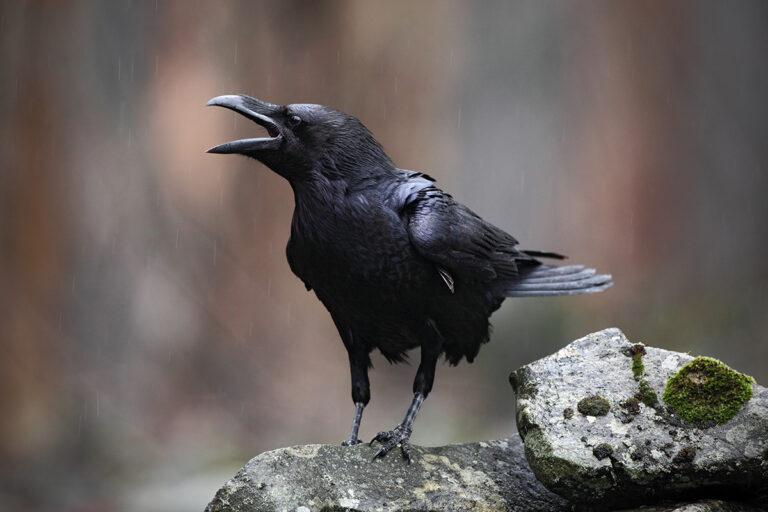THERE ARE A LOT OF GOOD REASONS to locate an ORV park close to an urban area. It’s easier for people to get to, takes less gas to get vehicles there, easier to patrol, closer to parts and supplies, closer to medical facilities. But this is the best reason: someday NASA might call you up and say “Hey, can we bring out a bunch of robots?”
The man who received that call was Grant County Sheriff Chief Deputy Courtney Conklin. Conklin is a tall, authoritative law enforcement officer, who in addition to being friendly was endearing because he only referred to Moses Lake by its first name. “Their number one choice was Moses,” Conklin says speaking of the robotics team. “But it took a while to convince the higher-ups.”
It’s hard to see why. Moses is just off I-90, has one of the biggest airport runways in Washington state, and the Grant County ORV park, also known as the Moses Lake Sand Dunes, is a nice facsimile of the lunar environment. And it’s ten minutes from town. Other robotic test sites NASA has used are places such as Hatten Island in Canada—accessible only by aircraft, a remote Arizona canyon, and deep underwater near the Florida Keys. Moses by contrast has some nice hotels and good food (check out Tacos El Rey on Broadway) making for pleasant testing for the several dozen NASA scientists and support crew working onsite.
And Moses has Farmer Scott. Johnson Space Center’s Lucien Junkin, says when the robotics crew first arrived at the site a local farmer named ‘Scott” showed up to see what all the fuss was at the sand dunes. Junkin, whose primary responsibility is the Chariot Lunar Truck talked with Farmer Scott for a while and asked him what sort of tires he thought would work best on the truck. “He said ‘You’ve got to float on the soil, you need implement tires.’” Sure enough, Junkin had the Chariot’s knobby tires replaced with tractor tires that had a parallel grooved tread and they ate up the dunes. “I hope he comes back, we still have one of his tires,” says Junkin.
The Chariot is the biggest and flashiest prototype here. There are also a couple ATHLETES, a sort of small habitable moonbase on wheeled stilts, a K10 which specializes in above and below ground terrain mapping, and the dune-buggy looking Scarab rover that can drill into soil and rock. At the height of the afternoon there are well over a hundred NASA folks, media people and local onlookers all over the dunes watching the robots go through their paces—mostly being controlled by radio from the Johnson Space Center in Houston.
Just as activity is at an apex a crowd starts to gather around the trailer next to the large white tent that serves as the testing headquarters. After a few moments two men in spacesuit prototypes with brilliant gold visors emerge. A hush goes over the crowd. Not even the little kids can verbalize their awe in the midst of these majestic creatures. The suits are loud, issuing a mechanical wheeze every step forward. The pair takes command of the Chariot Lunar Truck and the transition is complete. We are no longer at the Grant County ORV park. We are now all extras on the set of a sequel to Space 1999.
And then a roar thunders from the near horizon. The biggest, nastiest looking Surburban I’ve ever seen on 4×4 is doing massive sand donuts about a few hundred yards from our position. A deputy on patrol slowly heads in the Surburban’s direction to have a discussion. The deputy later admits to me that things with local off-roaders were a tad hairy on Sunday, when NASA first showed up. Law enforcement had to remind folks that the tests were only taking up a few acres of this 3,000-acre park. The park can attract up 5,000 people on a weekend during peak use on Memorial Day, the Fourth of July, and Labor Day. Today it has rained recently so things aren’t so dusty, “primo conditions” according to Chief Deputy Conklin. Many of the ORVers have stopped to observe the robots, but one or two seem to exclaim “Don’t look at that 2 million dollar piece a junk. I’m getting air in this Toyota!”
Nothing can ruin this day if you are a space enthusiast. Not even the knowledge that moon travel will never become cheap and plentiful in your lifetime. An afternoon talking to friendly NASA experts eager to share their work with you, observing their earnest effort of collaboration, and seeing the next generation of strong yet lightweight machinery operating with solar power , is enough to leave you with the warm fuzzy feeling that your tax dollars are being well-spent.
Even if you aren’t an ORV enthusiast it’s worth a visit to the other-worldly environs of the Moses Lake Sand Dunes, just try going in the middle of the week, or in the winter off-season so their aren’t so many vehicles out. The site is accessed from Potato Hill Road. More information is athttp://www.grantcountyweb.org/sub_Sheriff/ORV/index.htm












